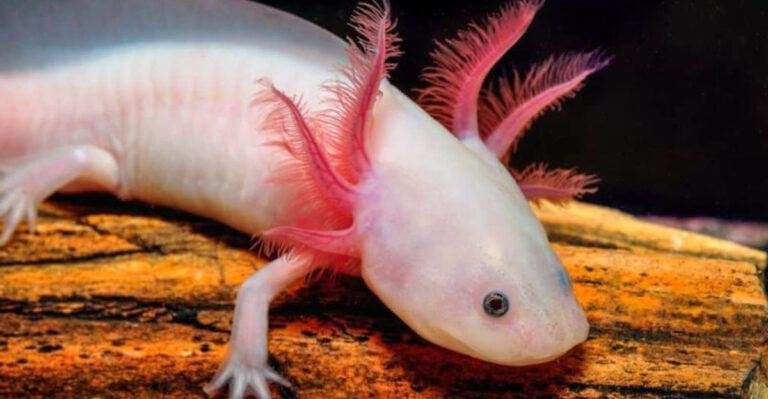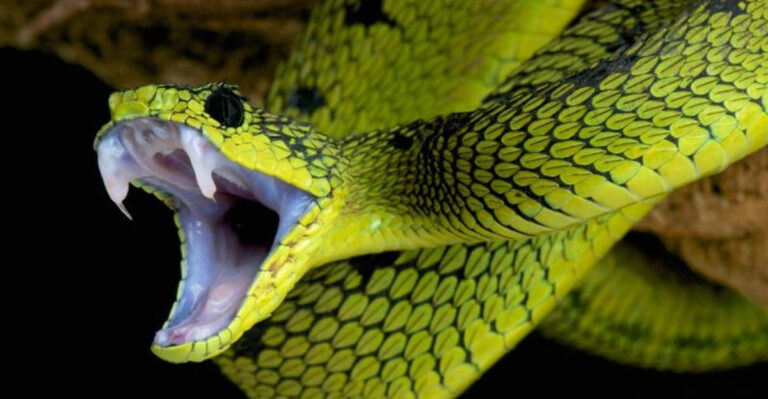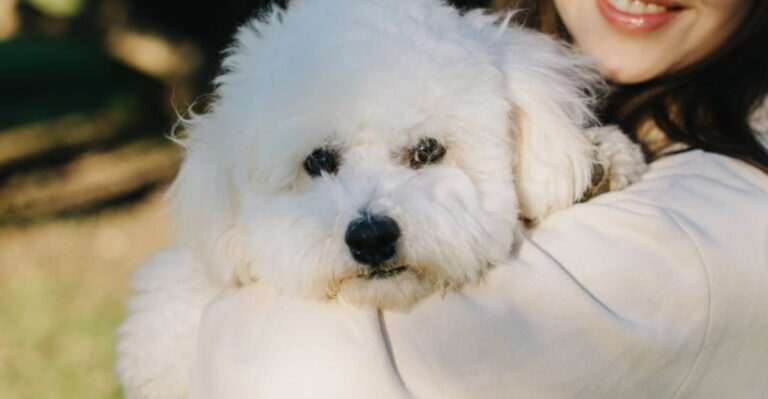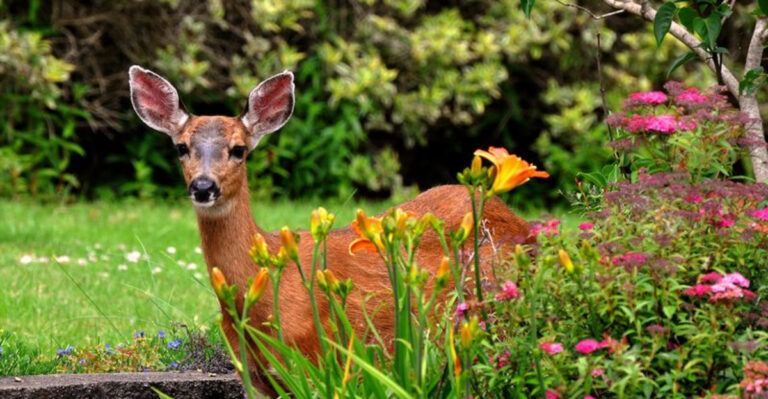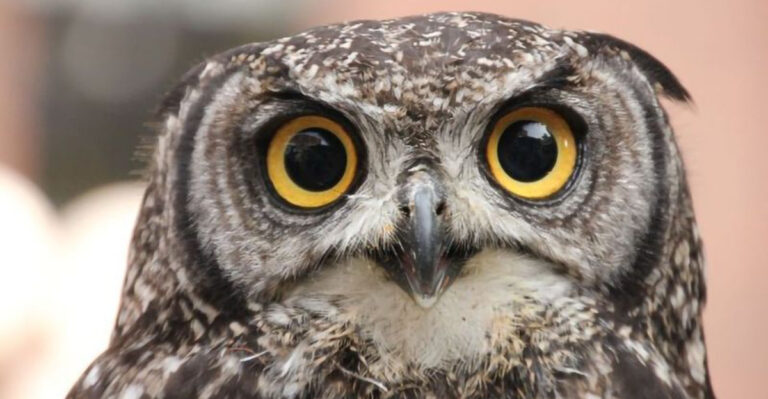11 Most Difficult Cat Breeds To Keep As Pets
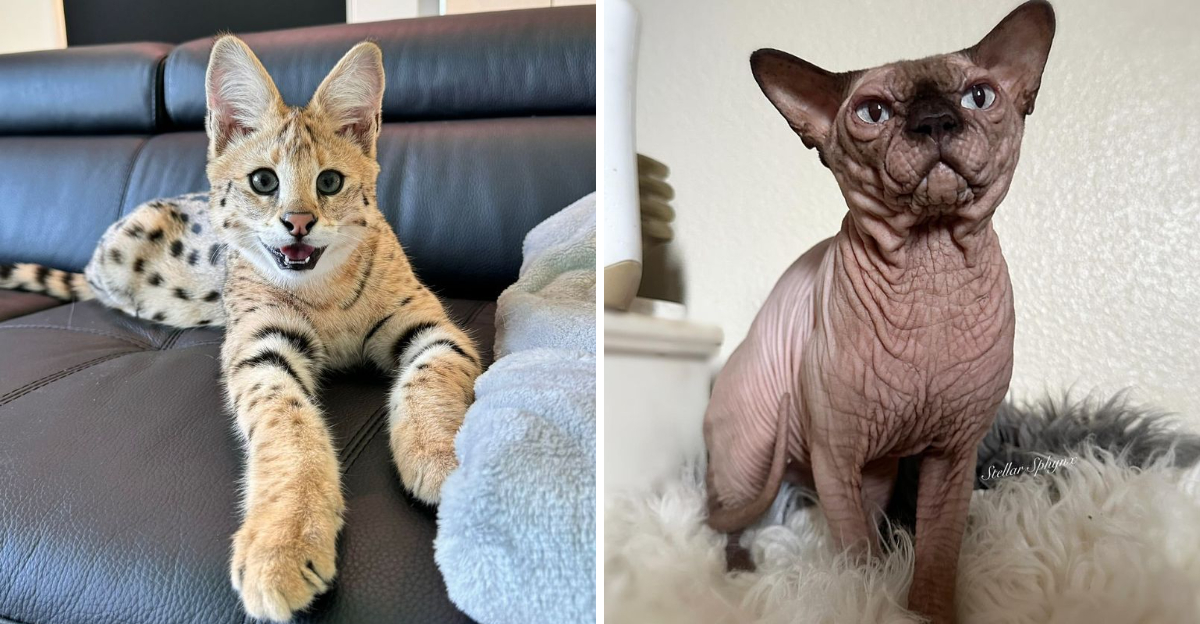
Adopting a cat is often seen as a delightful addition to any home, providing companionship and endless entertainment. However, not all cat breeds are created equal when it comes to ease of care.
Some breeds demand more attention, space, or specific environmental conditions, making them challenging pets for the unprepared.
From the highly active to the stubbornly independent, these feline friends can turn pet ownership into a full-time job. Let’s explore eleven of the most demanding cat breeds that require special consideration before bringing them into your home.
1. Sphynx
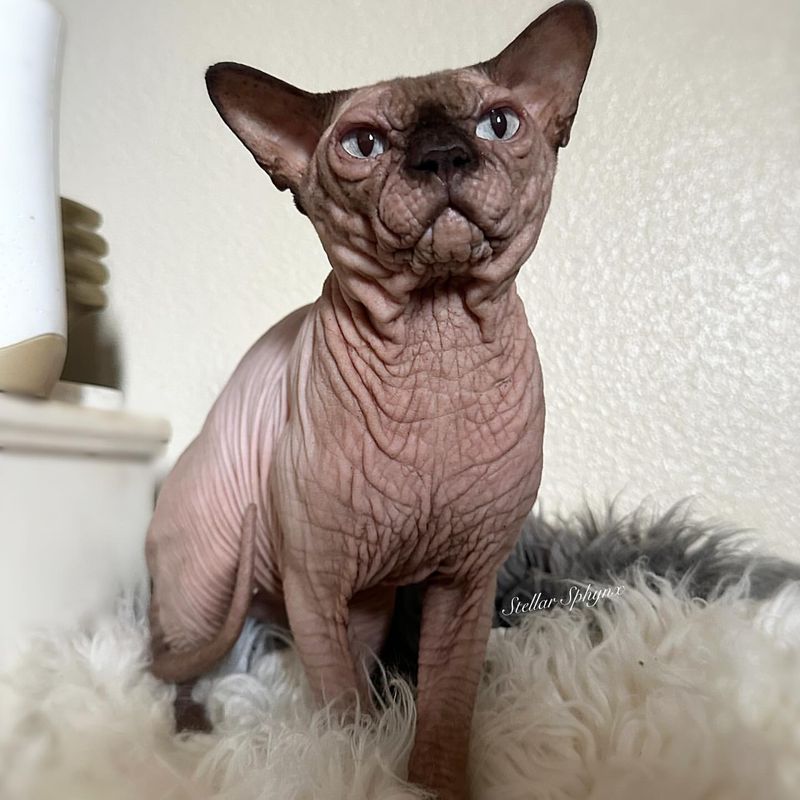
The Sphynx cat, known for its lack of fur, presents a unique set of challenges for pet owners. Without a coat, these cats require regular bathing to remove oils from their skin, which can accumulate and cause irritation.
Their exposed skin also makes them vulnerable to temperature changes, necessitating a controlled indoor environment. Additionally, the Sphynx is an energetic breed that thrives on interaction and playtime. Owners need to be prepared to engage them with toys and activities to prevent boredom.
Despite their unusual appearance, they are sociable and affectionate, demanding constant attention. Potential owners should be ready for a high level of care and commitment, as neglect could lead to health issues.
The Sphynx is not a low-maintenance pet, and prospective owners must consider their ability to meet its unique needs before adopting.
2. Bengal
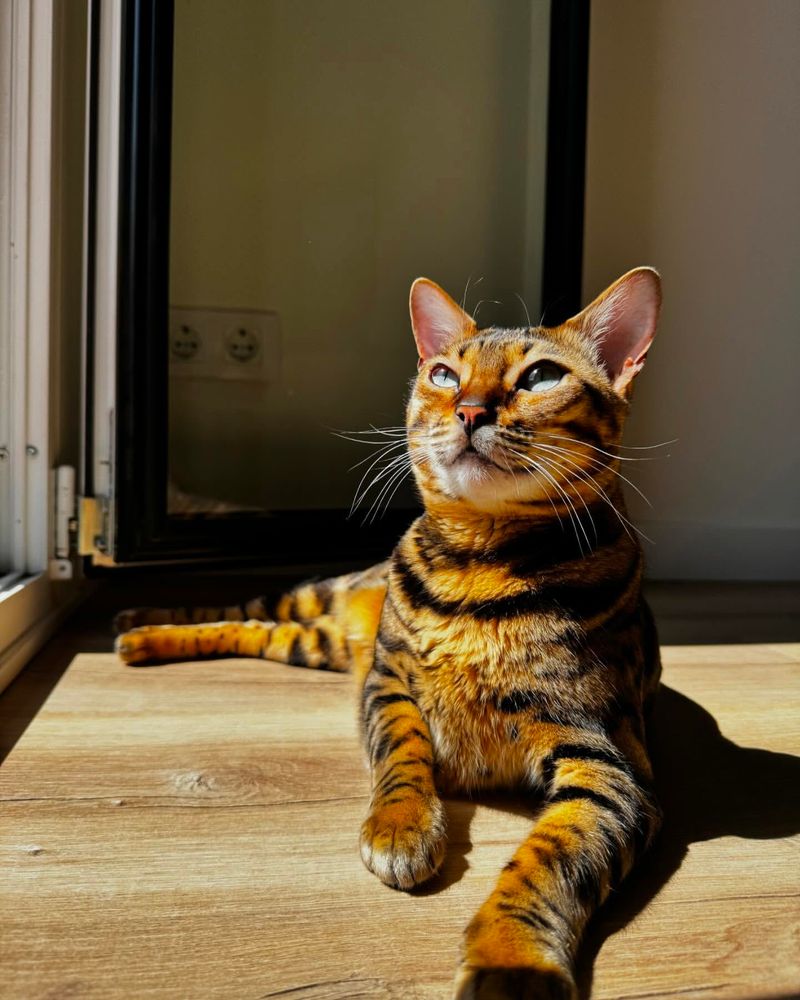
Bengals are known for their striking appearance and wild ancestry, which contribute to their unique behavior. These cats are highly active and intelligent, requiring ample mental and physical stimulation.
Without proper engagement, Bengals can become destructive, channeling their energy into unwanted behaviors. Providing a stimulating environment with plenty of toys and interactive playtime is essential. They also enjoy climbing, so vertical spaces like cat trees are recommended.
Bengals can form strong bonds with their owners but may not be suited for homes where they are left alone for long periods.
Their adventurous nature means they sometimes attempt to escape, so secure windows and doors are a must. Potential owners should ensure they can provide the time and environment necessary to keep a Bengal happy and healthy.
3. Scottish Fold
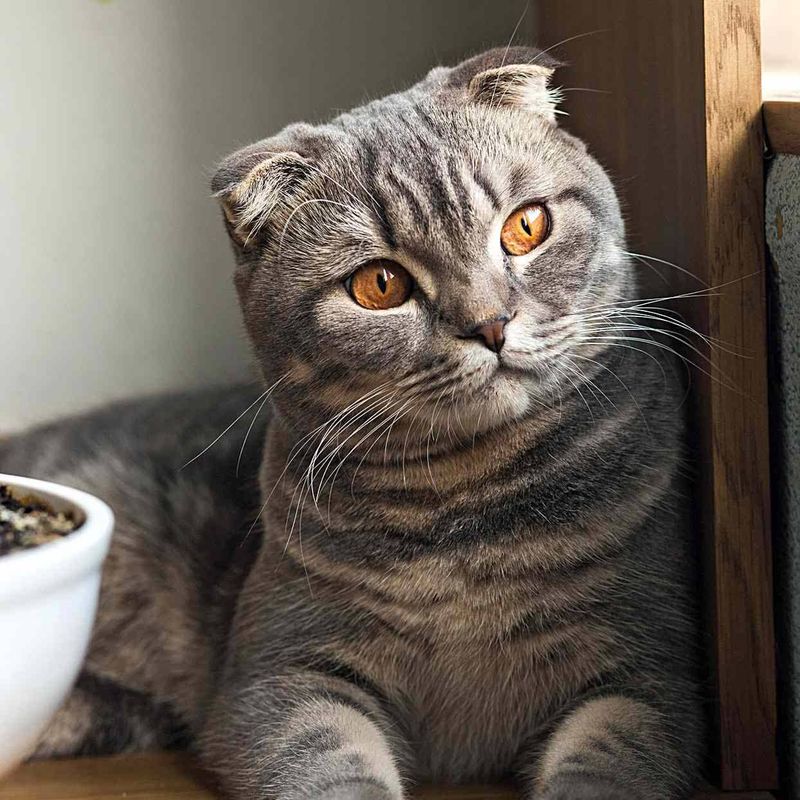
Scottish Folds are adored for their charming appearance and sweet disposition, but they are not without their challenges. The breed’s distinctive folded ears are a result of a genetic mutation that can lead to joint issues and arthritis.
Regular veterinary check-ups are crucial to monitor their health and manage any potential problems early. Scottish Folds thrive on companionship and may become lonely if left alone for too long, making them better suited for families or households with multiple pets.
Their affectionate nature requires an owner who can provide plenty of interaction and love. While they are generally adaptable, ensuring a stable and attentive home environment is key to their well-being.
4. Siamese
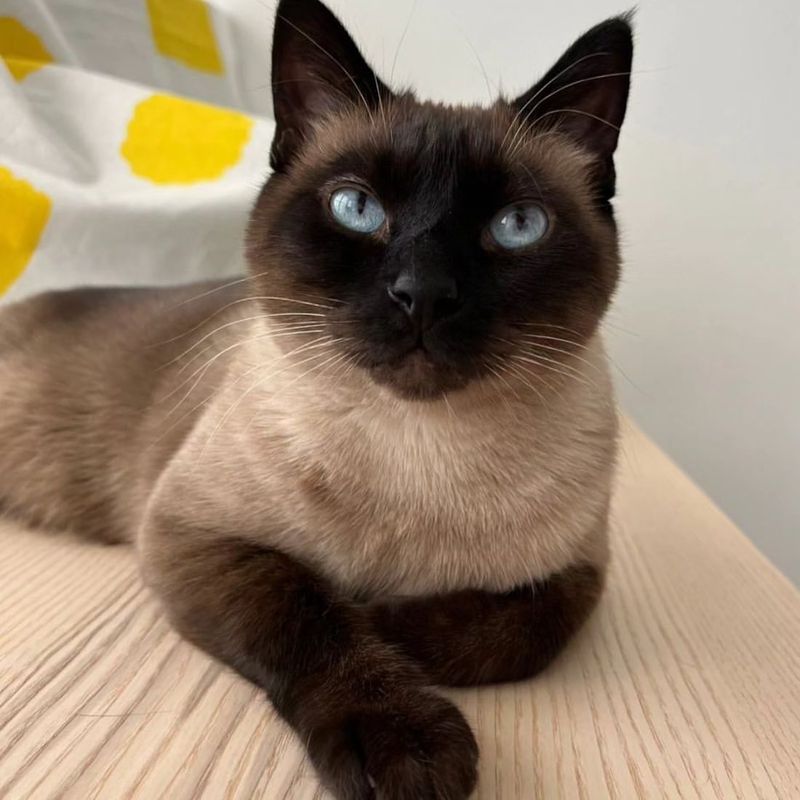
Siamese cats are renowned for their vocal nature and strong personalities. They are not the breed for someone seeking a quiet companion, as they express themselves with loud, distinctive meows. This talkative nature is often a reflection of their need for attention and interaction.
These cats form deep bonds with their owners and can become anxious if left isolated for extended periods. Providing mental stimulation and companionship is crucial to their happiness. Interactive toys and puzzles are recommended to keep them engaged.
Siamese cats are also known to be territorial, sometimes clashing with other pets. Potential owners should be ready to invest time in socializing them properly to prevent behavioral issues. Their demanding nature requires a dedicated and patient owner.
5. Persian
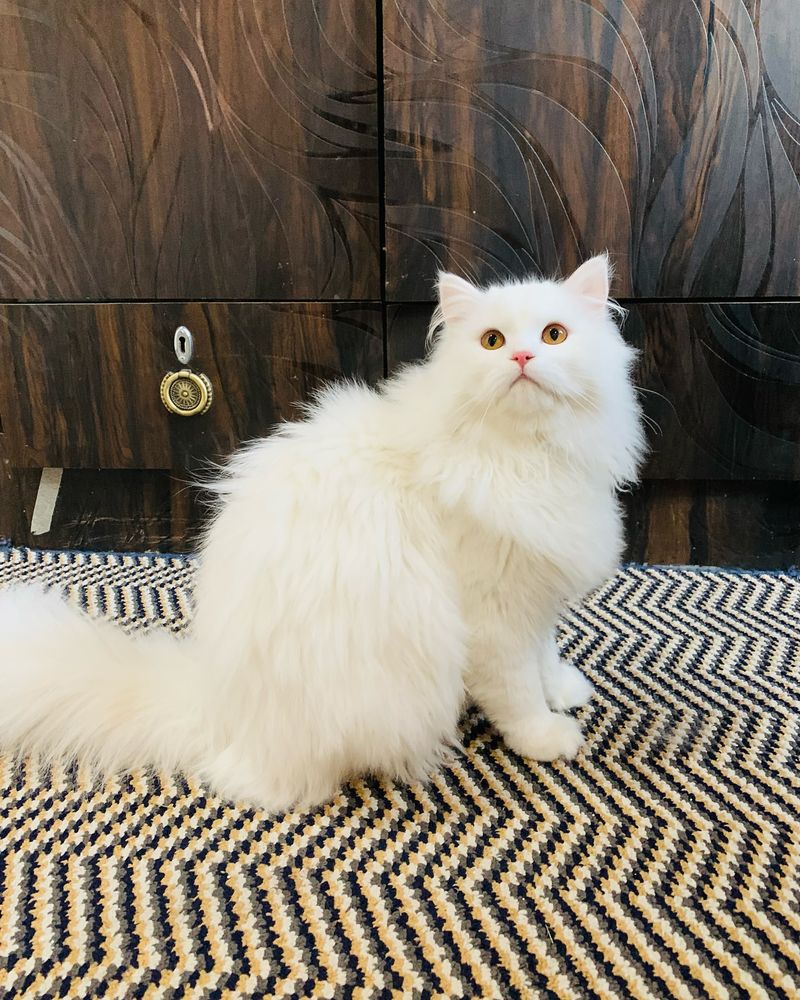
Persians are famous for their lush coats and gentle demeanor, but maintaining their beauty requires significant effort. Daily grooming is necessary to prevent matting and reduce shedding, which can be time-consuming for owners.
Their flat faces, a result of selective breeding, can lead to respiratory issues and require careful monitoring. Regular vet visits help manage any health concerns early on. Persians thrive in calm, stable environments, as they are sensitive to stress.
These cats are ideal for owners who can dedicate time to their grooming and health needs. While they are affectionate and enjoy a quiet lap to cuddle on, their care requirements are not for the faint-hearted. Commitment to their upkeep is essential for a happy Persian.
6. Abyssinian
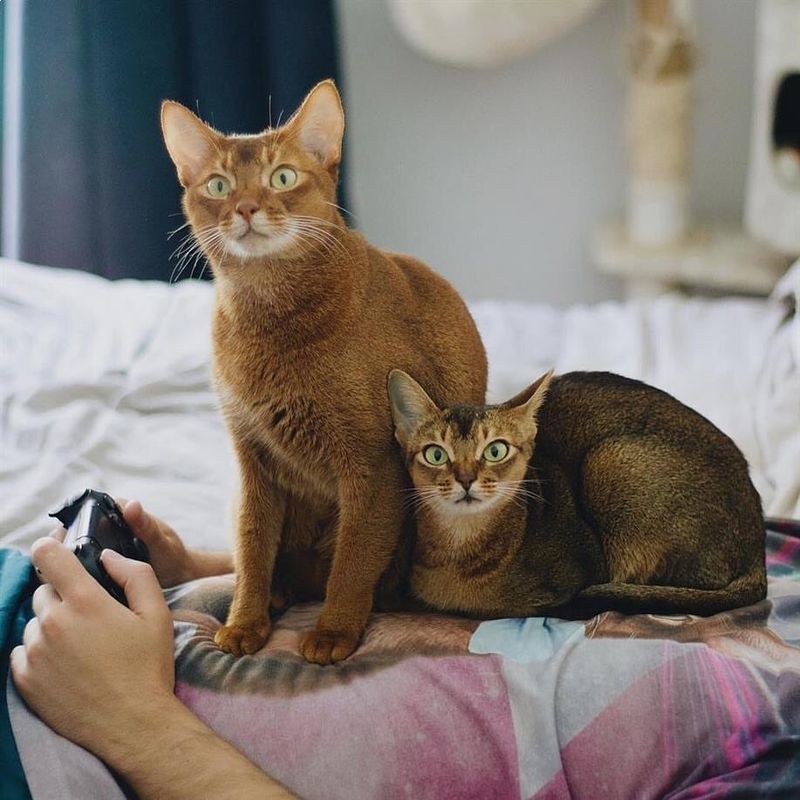
Abyssinians are active explorers, always curious and eager to investigate their surroundings. Their high energy levels mean they require ample space and stimulation to keep them occupied.
These cats are known for their playful and adventurous nature, often getting into places they shouldn’t. Owners need to be vigilant and provide plenty of safe toys and climbing opportunities.
Abyssinians form strong bonds with their human companions and may become distressed without regular interaction. They are best suited for households where someone is often around to engage with them. This breed’s inquisitive nature can be both rewarding and challenging for the right owner.
7. Maine Coon
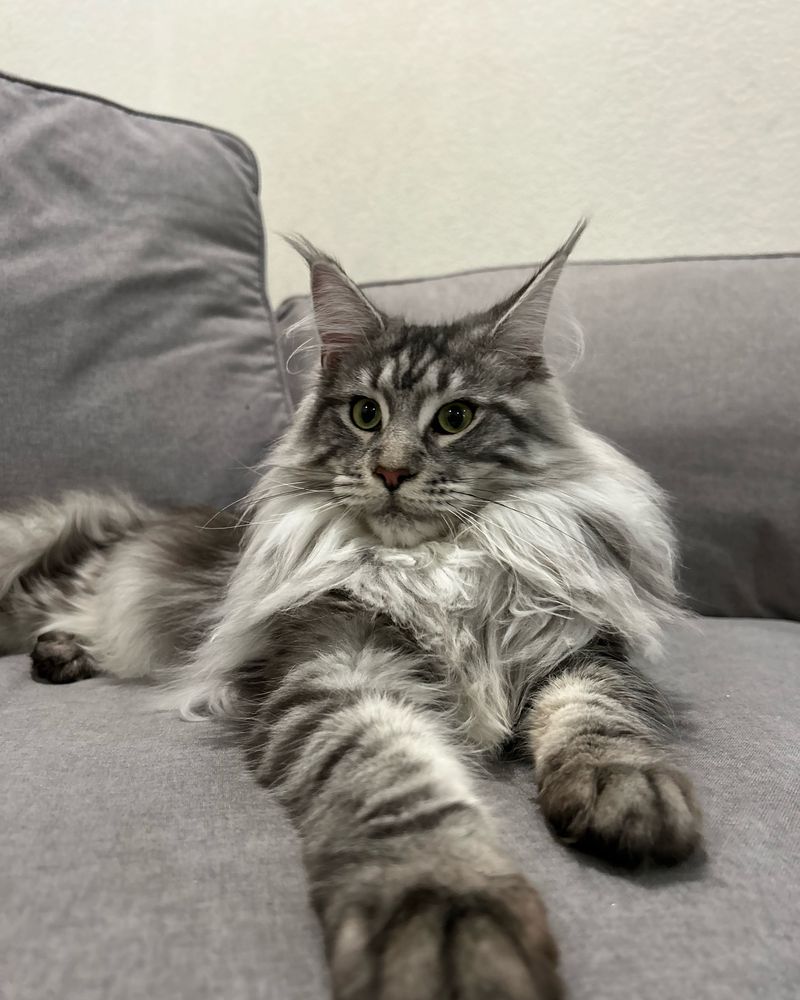
Maine Coons are one of the largest domesticated cat breeds, known for their friendly demeanor and impressive size. Their long fur requires regular grooming to prevent tangles and matting.
Despite their size, they are gentle giants, often getting along well with children and other pets. However, they need ample space to accommodate their size and active nature.
Maine Coons are intelligent and enjoy interactive play, making them suitable for families willing to provide mental stimulation. Their social nature means they prefer not to be left alone for long periods. Owners should ensure they can commit to the grooming and space needs of this majestic breed.
8. Japanese Bobtail
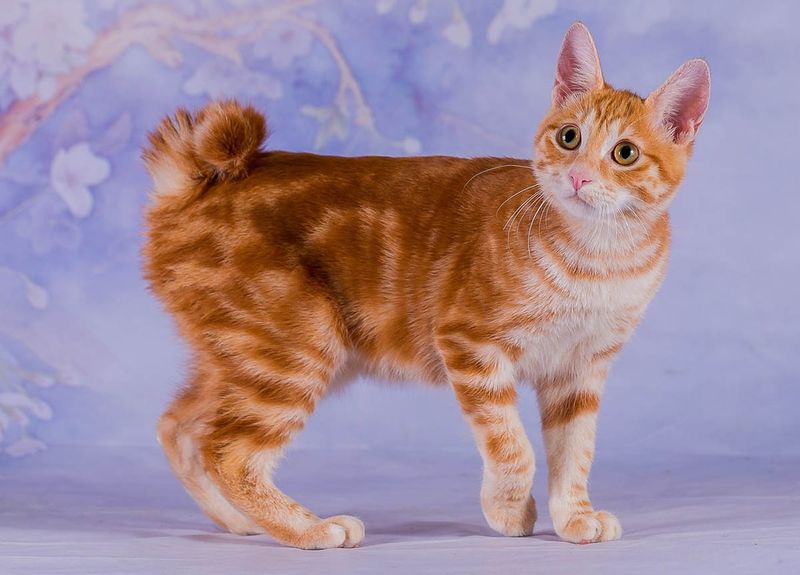
Japanese Bobtails are known for their unique tails and lively personalities. These cats are highly social and thrive on interaction with their human companions.
They are playful and enjoy games, often showing a fondness for fetching toys. This breed’s intelligence requires regular mental challenges to keep them stimulated.
Japanese Bobtails adapt well to various living situations but prefer homes where they are not left alone for extended periods. Their social and active nature makes them well-suited for families who can engage with them regularly. Potential owners should be ready for an energetic and affectionate pet.
9. Savannah
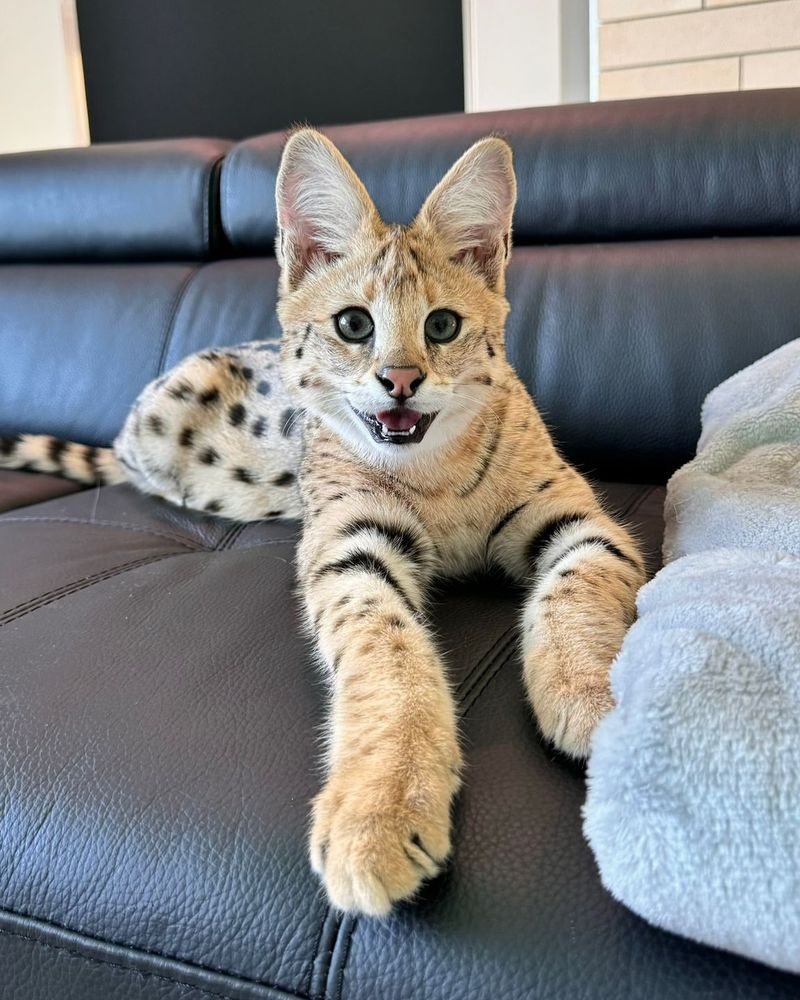
Savannah cats, a crossbreed between domestic cats and servals, exhibit a striking wild appearance and energetic behavior. Their exotic looks are matched by their high energy levels, requiring plenty of space to roam and play.
These cats are not suited for small apartments, as they need room to explore and stimulate their curious minds. Interactive toys and outdoor enclosures are beneficial for their well-being.
Savannahs can be challenging due to their strong hunting instincts and need for stimulation. Owners must invest time in training and engaging with them to prevent destructive behavior. Their loyalty and intelligence make them rewarding pets for those prepared to meet their demands.
10. Turkish Van
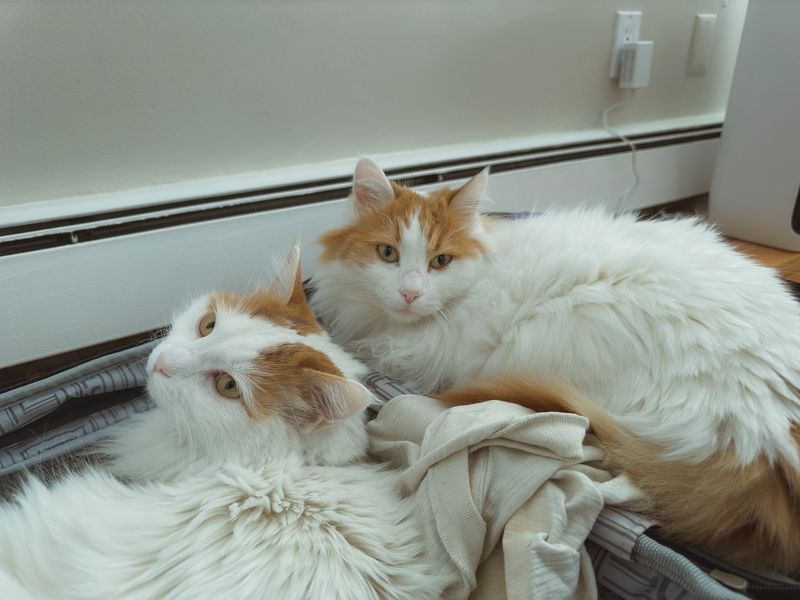
Turkish Vans are known for their love of water, a unique trait among cats. This playful breed enjoys splashing and may try to join you in the shower or bath.
Their adventurous spirit requires a secure environment to prevent escapes. Providing water-based toys or supervised water play can satisfy their aquatic interests.
Turkish Vans are energetic and need regular interaction to keep them happy. They thrive in homes where they are part of the family activities. Potential owners should be prepared for a lively and water-loving companion.
11. Russian Blue
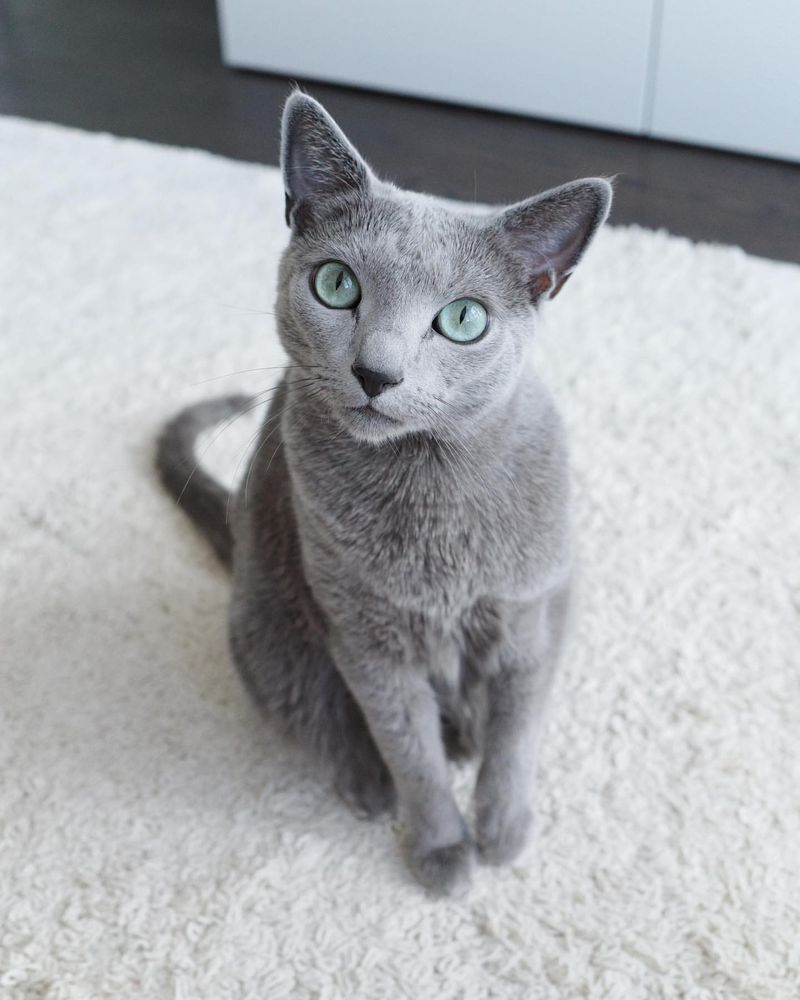
Russian Blues are admired for their striking blue coats and reserved nature. They are shy around strangers, often retreating to a quiet spot when new people visit.
Despite their reserved nature, they form strong bonds with their owners and enjoy gentle affection. They are low-maintenance in terms of grooming but require a stable environment to feel secure.
This breed is ideal for a calm household without frequent changes. Russian Blues appreciate routine and can become stressed with too much chaos. Owners should be patient and understanding of their need for a serene setting.


